-
×
 Hyacinth macaw parrots
9 × $2,300.00
Hyacinth macaw parrots
9 × $2,300.00 -
×
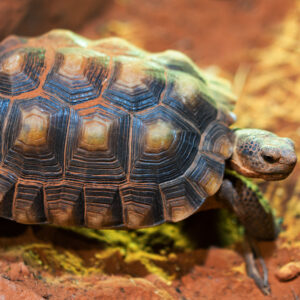 Desert tortoise for sale
4 × $250.00
Desert tortoise for sale
4 × $250.00 -
×
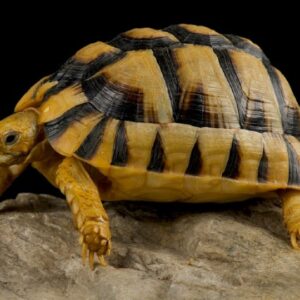 Egyptian tortoise
5 × $750.00
Egyptian tortoise
5 × $750.00 -
×
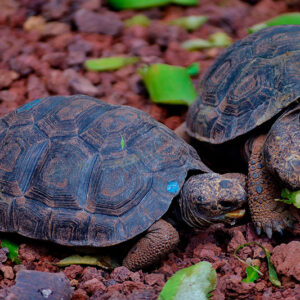 Galapagos Tortoise
4 × $5,000.00
Galapagos Tortoise
4 × $5,000.00 -
×
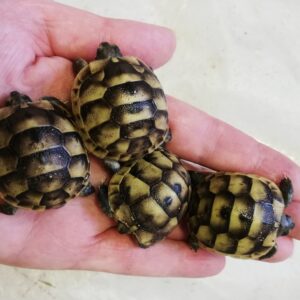 Greek tortoise
4 × $250.00
Greek tortoise
4 × $250.00 -
×
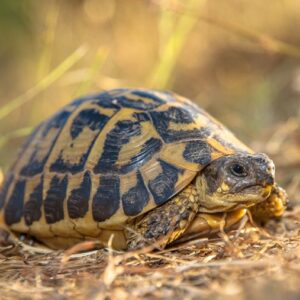 HERMANN'S TORTOISE
5 × $400.00
HERMANN'S TORTOISE
5 × $400.00 -
×
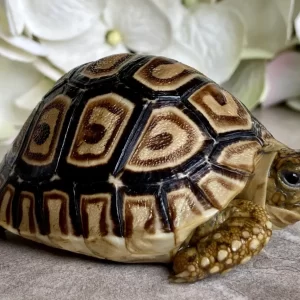 High White Leopard Tortoise
4 × $350.00
High White Leopard Tortoise
4 × $350.00 -
×
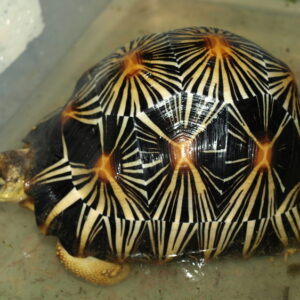 Radiated tortoise
5 × $1,900.00
Radiated tortoise
5 × $1,900.00 -
×
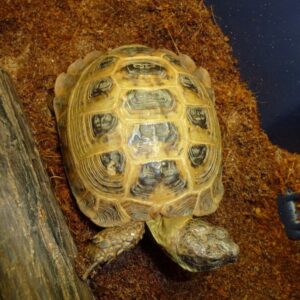 Russian tortoise
5 × $200.00
Russian tortoise
5 × $200.00 -
×
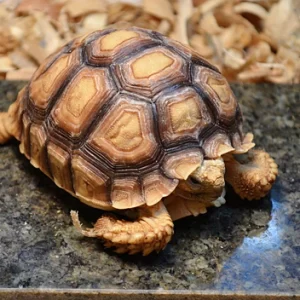 Sulcata Tortoise
3 × $150.00
Sulcata Tortoise
3 × $150.00 -
×
 Maine coon kittens for sale
10 × $500.00
Maine coon kittens for sale
10 × $500.00 -
×
 Lucy - German Shepard Puppy
9 × $2,500.00
Lucy - German Shepard Puppy
9 × $2,500.00 -
×
 Fennec Fox For Sale
5 × $2,300.00
Fennec Fox For Sale
5 × $2,300.00 -
×
 Ferrets For Sale
5 × $250.00
Ferrets For Sale
5 × $250.00 -
×
 Hedgehogs for sale
4 × $200.00
Hedgehogs for sale
4 × $200.00 -
×
 Otters for sale
4 × $1,700.00
Otters for sale
4 × $1,700.00 -
×
 Raccoon for sale
5 × $500.00
Raccoon for sale
5 × $500.00 -
×
 Skunks for sale
5 × $300.00
Skunks for sale
5 × $300.00 -
×
 Sugar gliders for sale
5 × $400.00
Sugar gliders for sale
5 × $400.00 -
×
 Golden Retriever puppies
7 × $600.00
Golden Retriever puppies
7 × $600.00 -
×
 Yorkie puppies
6 × $800.00
Yorkie puppies
6 × $800.00 -
×
 Cane Corso puppies
4 × $550.00
Cane Corso puppies
4 × $550.00 -
×
 Corgi puppies for sale
3 × $650.00
Corgi puppies for sale
3 × $650.00 -
×
 Rottweiler puppies for sale
3 × $600.00
Rottweiler puppies for sale
3 × $600.00 -
×
 Great dane puppies for sale
2 × $800.00
Great dane puppies for sale
2 × $800.00 -
×
 African grey parrot for sale
8 × $800.00
African grey parrot for sale
8 × $800.00 -
×
 Conure parrot for sale
7 × $350.00
Conure parrot for sale
7 × $350.00 -
×
 Macaw parrots for sale
7 × $1,200.00
Macaw parrots for sale
7 × $1,200.00 -
×
 Toyger kittens for sale
8 × $900.00
Toyger kittens for sale
8 × $900.00 -
×
 Munchkin kittens for sale
7 × $800.00
Munchkin kittens for sale
7 × $800.00 -
×
 sphynx kittens for sale
5 × $1,200.00
sphynx kittens for sale
5 × $1,200.00 -
×
 Himalayan Kittens for sale
5 × $500.00
Himalayan Kittens for sale
5 × $500.00 -
×
 Cornish rex kittens for sale
4 × $800.00
Cornish rex kittens for sale
4 × $800.00 -
×
 Bengal kittens for sale
2 × $1,200.00
Bengal kittens for sale
2 × $1,200.00 -
×
 Siamese kittens for sale
2 × $500.00
Siamese kittens for sale
2 × $500.00 -
×
 Solomon cockatoo
6 × $800.00
Solomon cockatoo
6 × $800.00 -
×
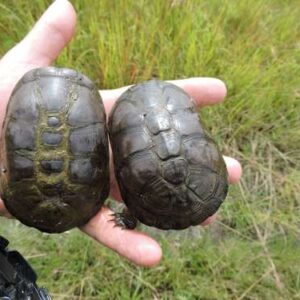 African Dwarf Mud Turtle
1 × $300.00
African Dwarf Mud Turtle
1 × $300.00 -
×
 Pomeranian puppies for sale
1 × $500.00
Pomeranian puppies for sale
1 × $500.00 -
×
 Ragdoll kittens for sale
1 × $500.00
Ragdoll kittens for sale
1 × $500.00 -
×
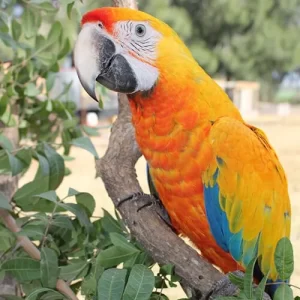 Baby Maui Sunrise Macaw Hybrid
4 × $1,050.00
Baby Maui Sunrise Macaw Hybrid
4 × $1,050.00 -
×
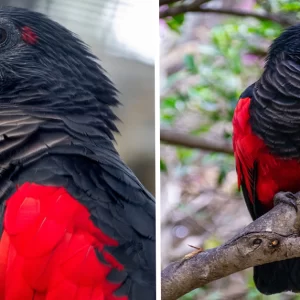 Dracula parrots for sale
3 × $2,500.00
Dracula parrots for sale
3 × $2,500.00 -
×
 Eclectus parrot for sale
2 × $1,200.00
Eclectus parrot for sale
2 × $1,200.00
Subtotal: $196,550.00

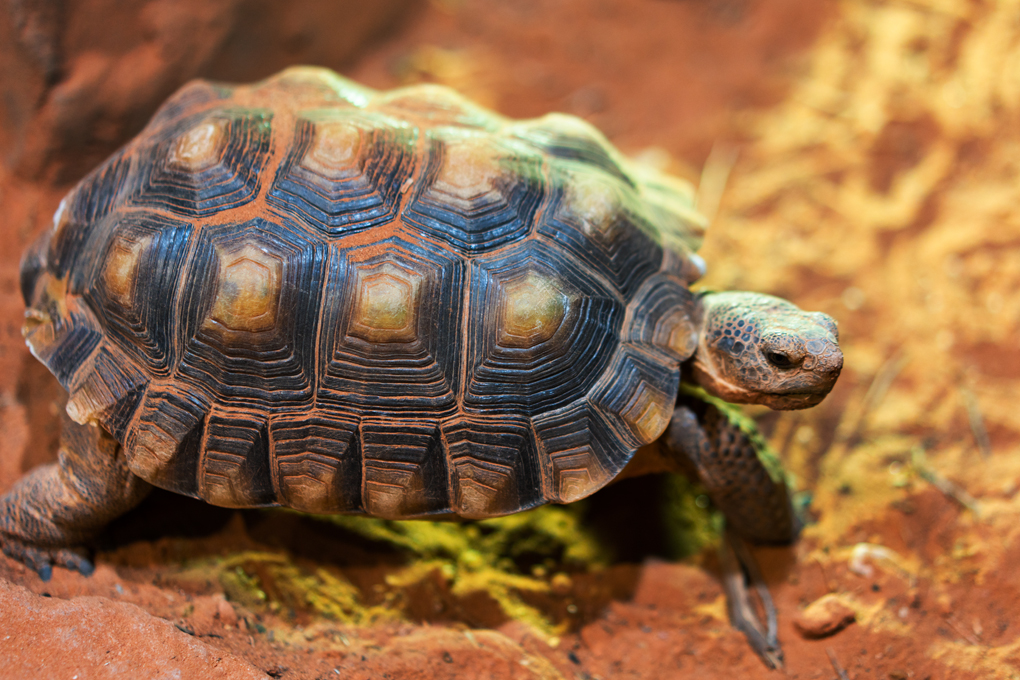


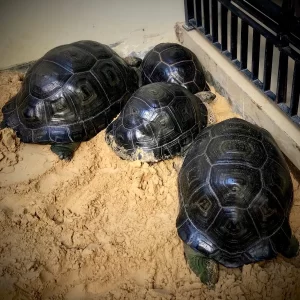
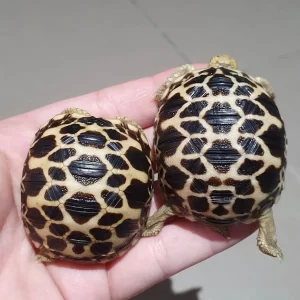
Reviews
There are no reviews yet.